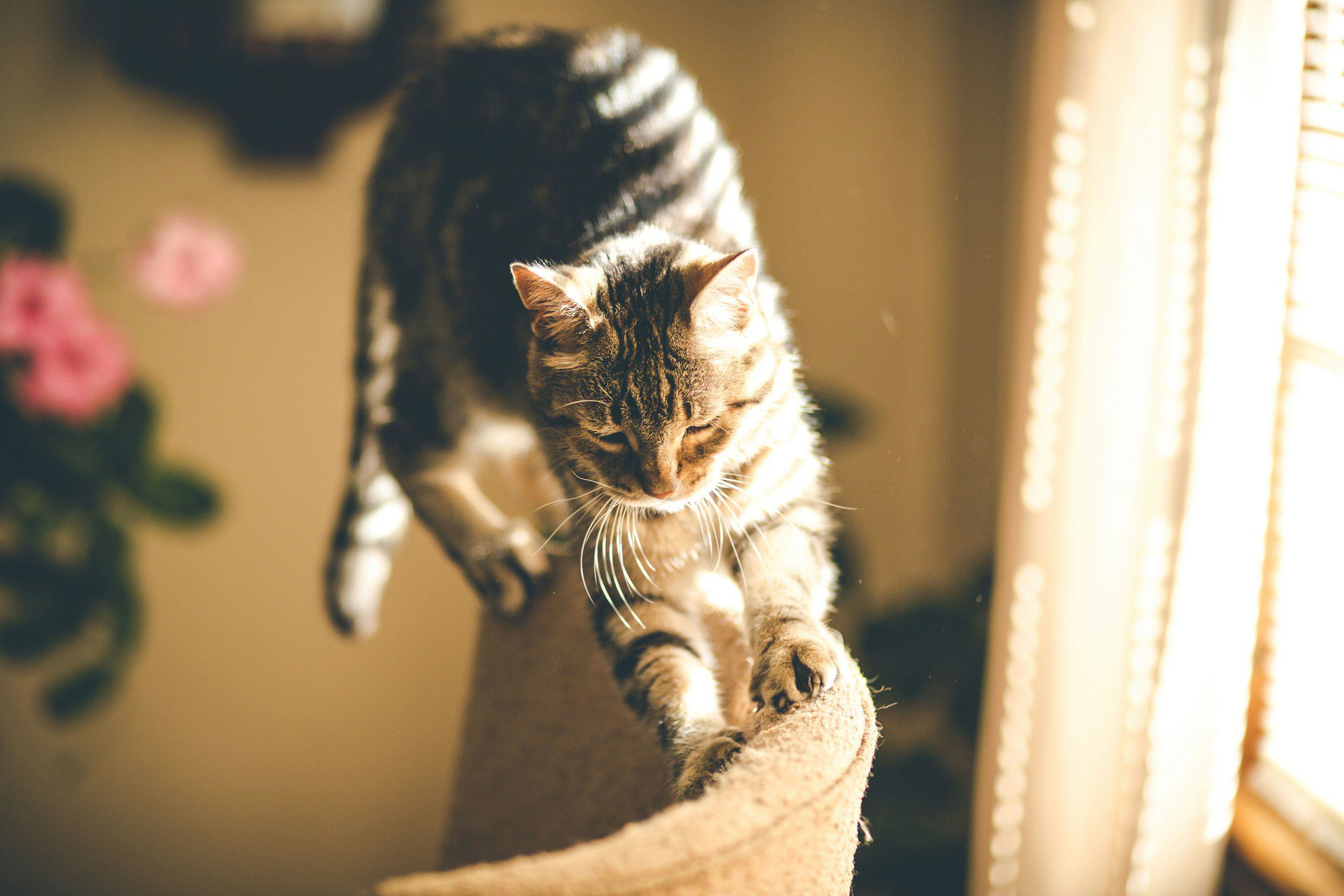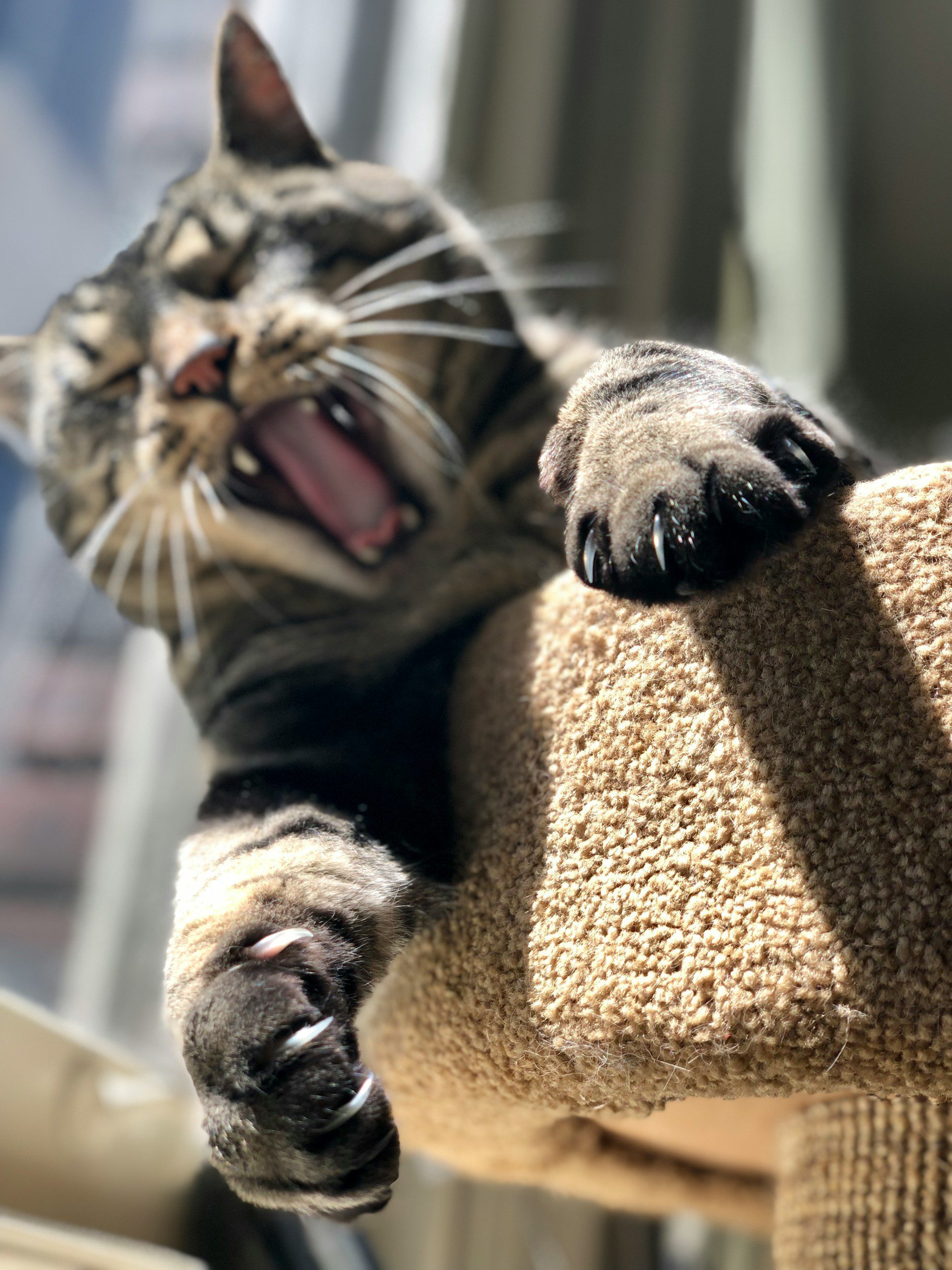

In a landmark decision for animal welfare, Governor Gavin Newsom signed legislation yesterday that prohibits the declawing of cats throughout California. The new law, Assembly Bill 867, makes California join 42 other nations and nine Canadian provinces in recognizing declawing as an inhumane practice that causes unnecessary suffering to felines.
Assembly Bill 867, championed by Assemblymember Alex Lee of Milpitas, officially bans veterinarians from performing declawing procedures on cats unless medically necessary to protect the animal’s health. When therapeutic declawing is required, veterinarians must file a written statement with the California Veterinary Medical Board documenting the medical necessity and provide a copy to the cat’s owner.
Declawing involves either amputating the first bone of each toe or severing the tendons that allow cats to extend their claws. Lee described the practice as “barbaric” mutilation performed primarily for human convenience rather than feline welfare. The law explicitly excludes procedures intended to make cats easier to handle, prevent furniture damage, or serve any cosmetic purpose, or in fact, to protect ones expensive furniture.
The medical evidence against elective declawing is overwhelming and well-documented by veterinary professionals. The Humane Society which has recently rebranded as Humane World for Animals reports that approximately 25% of declawed cats develop physical complications following the procedure, including infections, lameness, tissue death, and chronic pain. Because cats naturally walk on their toes, declawing fundamentally alters how their feet meet the ground, causing discomfort similar to wearing painful, ill-fitting shoes constantly.
Long-term consequences can be even more severe. Research published in veterinary journals shows declawed cats face increased risk of chronic back pain, arthritis in the spine and shoulders, and neuropathic nerve pain that persists for years. The procedure also causes behavioral changes—declawed cats are significantly more likely to develop litter box aversion due to painful digging, increased biting behavior as a compensatory defense mechanism, and heightened aggression.
Mars Veterinary Health, the nation’s largest veterinary provider, has stated it does not support elective declawing, noting that
“feline scratching and nail sharpening are normal behaviors and the removal of nails has been shown to lead to chronic pain and, in some cases, to cause long-term behavioral issues”. ~ LA Times
The legislation received enthusiastic backing from a diverse coalition of animal welfare advocates. The Paw Project served as the bill’s primary sponsor, with co-sponsorship from the Animal Legal Defense Fund, Humane Veterinary Medical Alliance, and Humane World for Animals.
Additional supporting organizations included the ASPCA, Cat Town, Social Compassion in Legislation, Conference of California Bar Associations, Democrats for the Protection of Animals, Michelson Center for Public Policy, Patricia H. Ladew Foundation, SNAP CATS, VCA Canada, and the City of West Hollywood. Alley Cat Allies mobilized over 150,000 California supporters who provided written testimony calling declawing a “cruel and painful procedure”. The legislation also garnered endorsements from 42 individual veterinarians and animal care professionals.
California’s declawing ban represents a significant victory for feline welfare and positions the state as a leader in companion animal protection. For San Francisco cat caregivers, this legislation affirms what animal behaviorists have long advocated: working with cats’ natural instincts through humane training creates happier pets and harmonious homes without resorting to painful, unnecessary surgery.
Read our article about Protecting furniture without declawing a cat